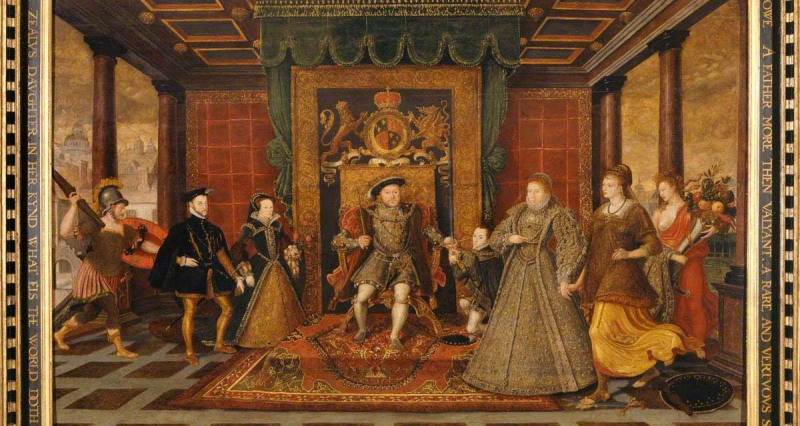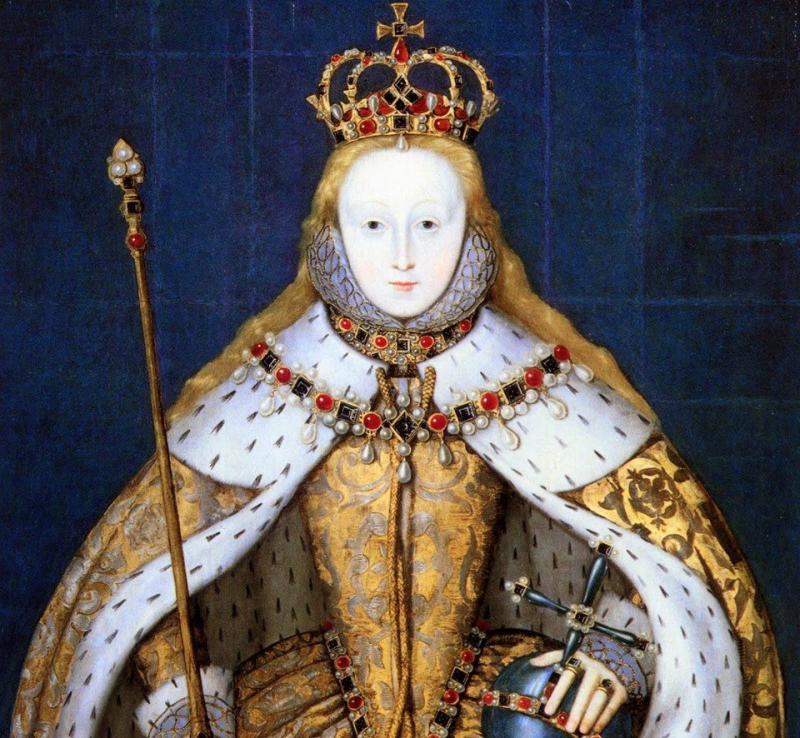Negotiation of Religious Differences and Conflicts
Elizabeth I was the one who came forward to negotiate of religious differences and conflicts.
In terms of religion, Elizabeth took a midway path between the hardline Protestants (Puritans) and the Catholics. She restored the autonomous Church of England while retaining many aspects of Catholicism, like as bishops and archbishops. She thought that by doing so, she would achieve state unity. However, many Catholics were not reconciled. Some advocated for Mary, Queen of Scots, to succeed Elizabeth.
Mary sought sanctuary in England in 1568, after being forced to relinquish the Scottish crown. Elizabeth refused to execute Mary immediately, instead imprisoning her for 19 years. The Babington Plot of 1586, orchestrated by Anthony Babington, was the final event in a chain of events that eventually convinced Elizabeth to put Mary on trial. Mary was condemned to death and executed in 1587 after being found guilty of involvement in the attempt to kill Elizabeth. Elizabeth was also pressed to become more involved in the conflict in continental Europe between Catholics and Protestants. Her counselors specifically advised her to assist Protestant rebels battling the Spanish soldiers in the Netherlands. Despite her reservations, Elizabeth consented to deploy a small military force to the Netherlands in 1585.









